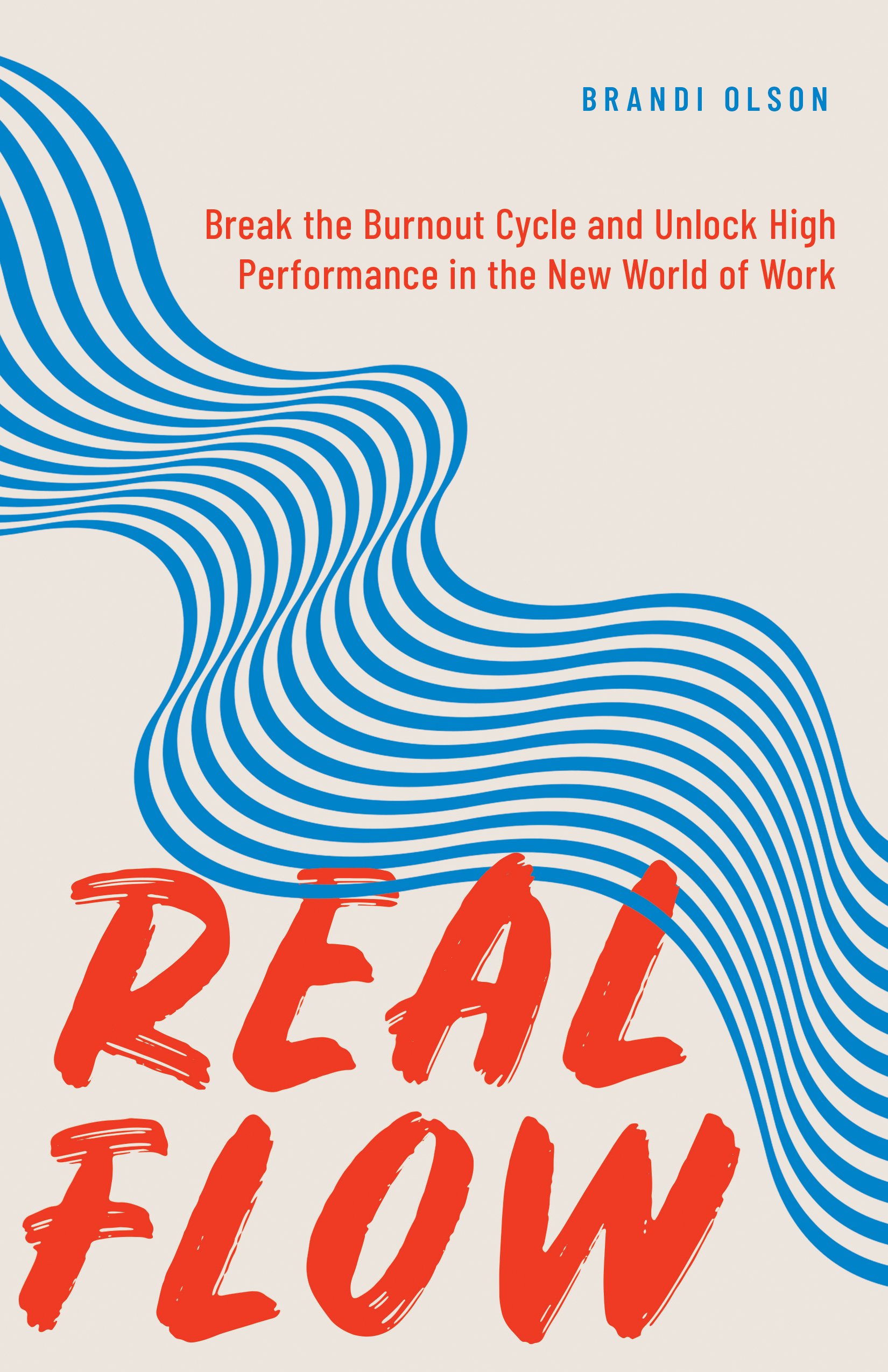What do you think?
Rate this book


242 pages, Kindle Edition
Published September 29, 2022
"Burnout is energy-consuming and self-perpetuating. It fosters a monoculture: if everyone is operating on a burned-out and overworked level, no one has the brain capacity to think that perhaps things could and should be different."
"Have you ever been to one of those gigantic waterslides where you first spend 25 minutes climbing up six stories, only to whoosh down the slide in approximately 93 seconds? Have you ever noticed that, in order to keep everyone safe, they have a one person on the slide limit?"
1. Perfectionism - focusing on what doesn't work, punishing people for mistakes, not leaving room for learning and continuous improvement.
2. Sense of Urgency - everything is a "high priority" where I work, probably where you work, too. "There is little time for thoughtful decision-making, short-term fixes come with long-term costs."
3. Quantity over Quality - conflict avoidant environments with a focus on productivity and output over EQ and the underlying mechanics that enable the establishment of teams with high levels of trust where creativity can flourish.
4. Document-Driven Communication - leaves little time for conversations and exploration.
"By making work visible, limiting work in progress, and being clear on prioritization, you can create time, focus, and energy for teams to have difficult conversations, get to know each other personally, build trust, and identify significant opportunities for learning how to do and be better."
"If everything changes at once, you’ll overwhelm the system and slow down learning."
"...empower people to do their best work, solve problems, and be better leaders—no matter where they are in the organization."
"better is always better than best."